Flood hydrology for the next 25 years and beyond
A flood hydrology roadmap released in March 2022 sets out a vision to help scientists and practitioners better predict future flood events and improve flood resilience across the UK.
JBA Trust helped in shaping and peer reviewing the roadmap

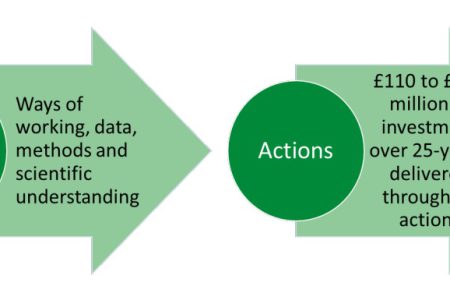
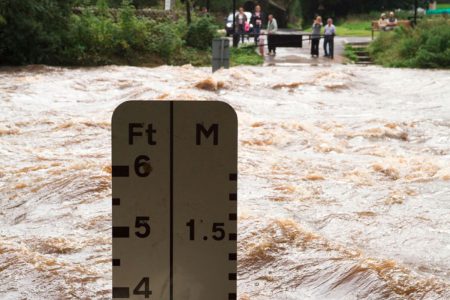
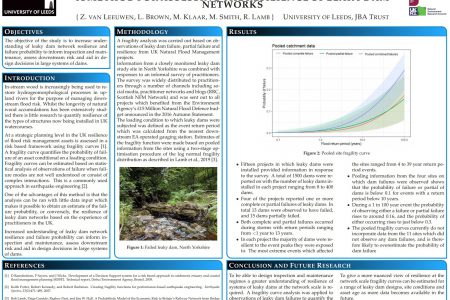
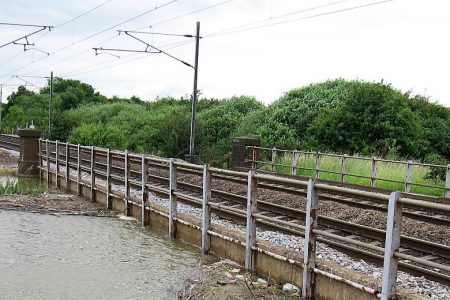
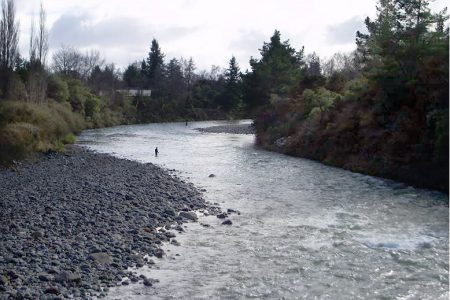
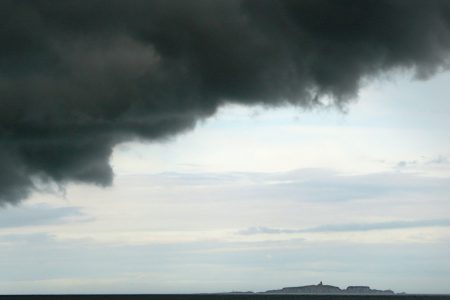



Scientific evidence supporting the Government’s National Flood Resilience Review
The Government’s National Flood Resilience Review was published on 8 September 2016. One of the Review’s critical tasks was to improve the national understanding of flood risk in England. The Review says that experience from recent events has “made it clear that describing flood risk in traditional terms such as a ‘1% chance of flooding’ […]
Read More
Read More →